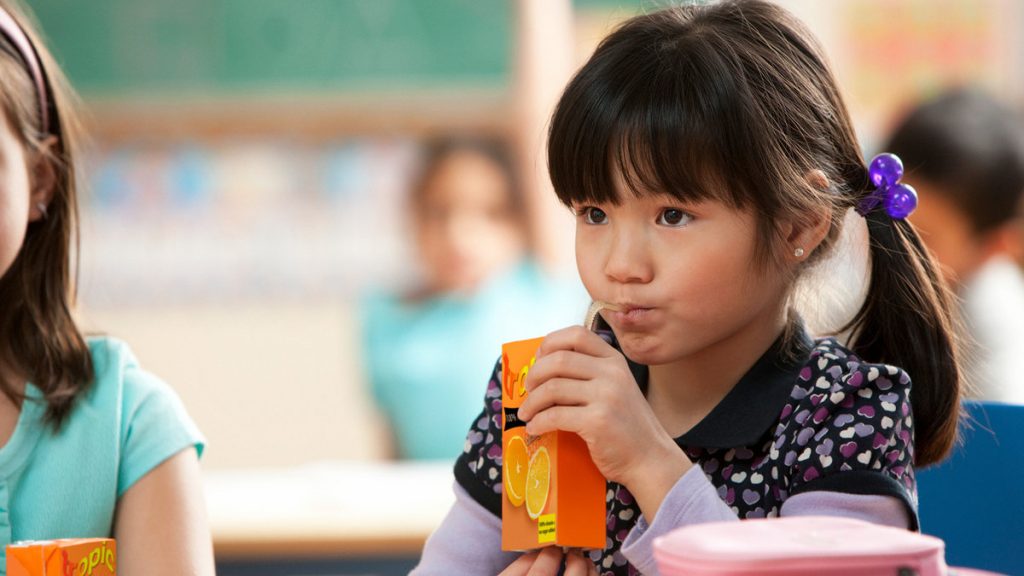A number of food and drink products, including milk, broth, and juice, are now being sold in cartons as opposed to cans. Cartons are made out of various materials, including paper and plastic, that are folded and glued together. In many ways, cartons are more environmentally friendly than other types of packaging, however there is one downside to this packaging choice.
The Benefits of Carton Packaging
Cartons weigh far less than cans. In fact, the packaging to product ratio of a carton is 7% packaging to 93% product. A steel can, however, has a 13% packaging to 87% product ratio, which shows there is a significant difference in weight between the two materials. Since cartons are so lightweight, less energy is consumed during the process of bringing them from the manufacturer to the retailers.

This isn’t the only reason why it is more energy efficient to ship cartons than it is to ship cans. The shape of cartons makes it easy to pack these products closely together during transport. But, this is not possible with steel cans. Therefore, manufacturers are able to ship larger quantities of cartons at once, which reduces the number of shipments and overall energy usage.
The Problem With Cartons
Although there are many benefits to packaging products in cartons as opposed to cans, there are also challenges. For starters, many recyclers have struggled to figure out a way to easily recycle this type of packaging. Even though cartons are made out of recyclable materials, the materials are glued together. This makes it difficult to separate the materials so they can be processed. Plus, if a significant amount of glue is used, the facility may not be able to recycle the material at all.
This problem was first identified in 2009 when manufacturers started to make the switch to carton packaging. The Carton Council was established shortly after to identify solutions to this issue. When the council was formed, only 18% of households in the U.S. had access to a recycling facility that was capable of processing cartons. Now, nearly 10 years later, this number has drastically increased to 62%. But, there is still a long way to go before every household is able to properly recycle their carton products.
How to Recycle Cartons
Find out if your local curbside recycling program accepts cartons by conducting a search on the Recycle Nation website. If it does, simply put cartons in your recycling bin and drag the bin to the curb on scheduled pick-up days. If your local program doesn’t accept cartons, look for other facilities in your area that are capable of processing these materials. You will need to drop off these items yourself, so wait until you have a significant number of them before making the trip.
If your curbside program does not pick up cartons, you should also consider contacting your city’s Public Works department to discuss the issue. Encourage others to do the same so the city knows how important it is for them to figure out how to add cartons to the curbside program.